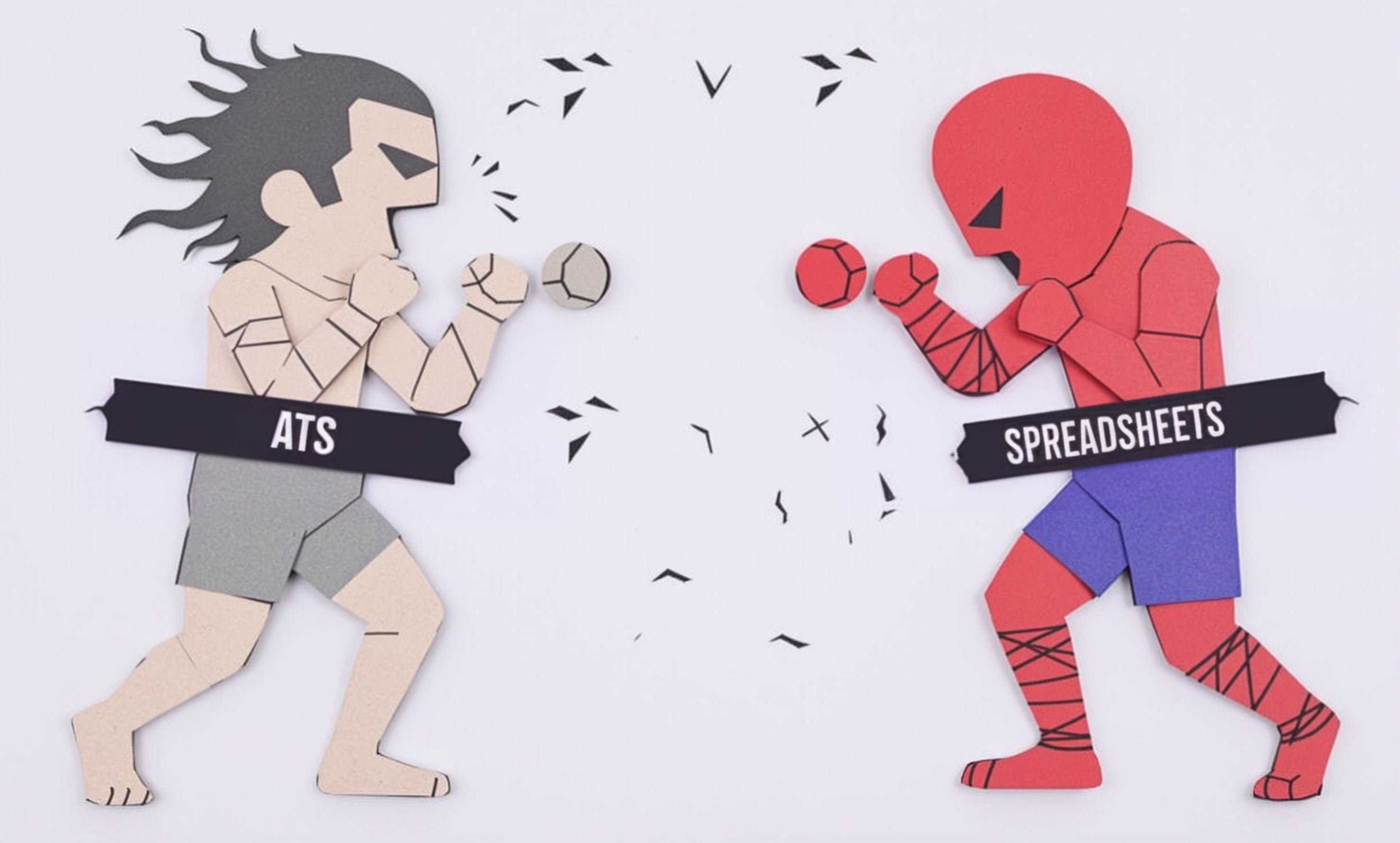
Plywood
Plywood is a versatile manufactured wood material that's essential in furniture making. It's made by gluing together multiple thin layers of wood (called veneers) with each layer's grain running perpendicular to the next. This creates a strong, stable material that's less likely to warp or crack compared to solid wood. Furniture makers choose plywood because it's cost-effective, comes in large sheets, and can be used for many parts of furniture like cabinet sides, drawer bottoms, and tabletops. Similar materials include MDF (Medium-Density Fiberboard) and particle board, but plywood is generally considered higher quality due to its strength and natural wood appearance.
Examples in Resumes
Created custom cabinets using Plywood and hardwood combinations
Managed material inventory including various grades of Plywood for different furniture applications
Designed and built office furniture solutions incorporating Plywood for durability and cost-effectiveness
Typical job title: "Furniture Makers"
Also try searching for:
Where to Find Furniture Makers
Professional Organizations
Job Boards
Industry Networks
Example Interview Questions
Senior Level Questions
Q: How do you determine which grade and type of plywood to use for different furniture projects?
Expected Answer: A senior furniture maker should discuss factors like project requirements, budget constraints, finishing methods, and structural needs. They should mention experience with various grades from construction to cabinet-grade plywood and understanding of core types (hardwood, softwood, composite).
Q: What techniques do you use to prevent plywood edge delamination in high-moisture environments?
Expected Answer: Should explain edge banding methods, proper sealing techniques, moisture-resistant adhesives, and preventive design approaches to protect plywood edges. Should also discuss experience with marine-grade plywood for specific applications.
Mid Level Questions
Q: How do you handle plywood sheet goods to prevent damage and ensure clean cuts?
Expected Answer: Should describe proper storage methods, handling techniques for large sheets, cutting methods to prevent splintering, and tools used for different types of cuts. Should mention importance of proper support and blade selection.
Q: What methods do you use to join plywood pieces together?
Expected Answer: Should discuss various joining techniques like rabbets, dados, butt joints with screws, and when to use each. Should mention appropriate glues and fasteners for different applications.
Junior Level Questions
Q: What are the different grades of plywood and their common uses?
Expected Answer: Should be able to explain basic differences between construction, cabinet, and furniture grade plywood, and identify appropriate uses for each in basic furniture making.
Q: How do you prepare plywood surfaces for finishing?
Expected Answer: Should describe basic surface preparation including sanding techniques, filling voids, and common issues to watch for when finishing plywood surfaces.
Experience Level Indicators
Junior (0-2 years)
- Basic plywood cutting and assembly
- Understanding different plywood grades
- Simple joint construction
- Basic power tool operation
Mid (2-5 years)
- Complex joinery techniques
- Efficient material usage and planning
- Advanced finishing methods
- Project cost estimation
Senior (5+ years)
- Custom furniture design
- Team leadership and training
- Advanced material selection
- Quality control implementation
Red Flags to Watch For
- No knowledge of proper safety procedures when cutting sheet goods
- Inability to identify different plywood grades and their appropriate uses
- Lack of experience with basic power tools and cutting techniques
- No understanding of proper material storage and handling
Need more hiring wisdom? Check these out...

Cutting HR Costs Without Sacrificing Quality: A How-To for Savvy Executives

Addressing Mental Health in the Workplace: A Guide for Forward-Thinking Leaders

Beyond Spreadsheets: Why Executive Dashboards in ATS Systems Are Your Secret Hiring Weapon

